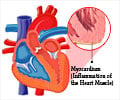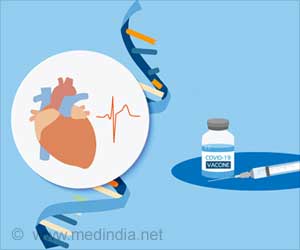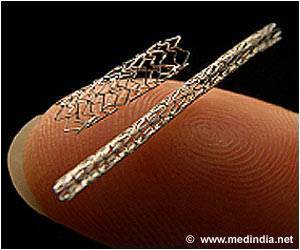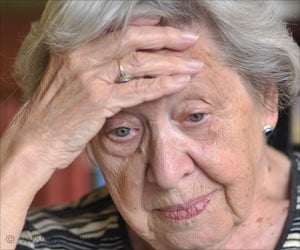Adolescent boys who try to attempt suicide are at an increased risk for heart disease in their 20s, reveals new study.

TOP INSIGHT
Suicide attempts in teenage boys may signal a more serious risk for later physical health problems.
"What we're seeing is that suicide attempts in adolescence -- which are typically considered a mental health problem" said lead author Lilly Shanahan, Assistant Professor at University of North Carolina in the US.
The results, published by the American Psychological Association, were found to be consistent even when controlled for education, social and economic adversity and behavioural issues.
In addition, previous research has shown many people face increased stigma, social isolation, unhealthy behaviours and fewer educational and job accomplishments.
All of these factors, in addition to the actual suicide attempt itself, could contribute to future physical health risks, the researchers said.
For the study, the team took a sample of approximately 8,000 US adolescents from a national study, who were first interviewed in grades 7-12 starting in 1994.
Suicide attempts were measured four times over the next 13 years, when the participants reached their mid-to-late 20s and early 30s.
Source-IANS
 MEDINDIA
MEDINDIA


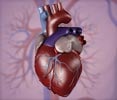
 Email
Email





